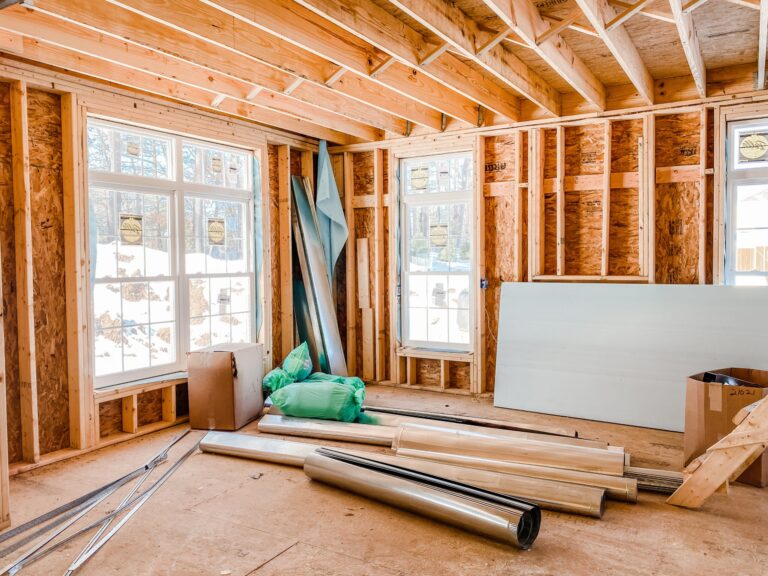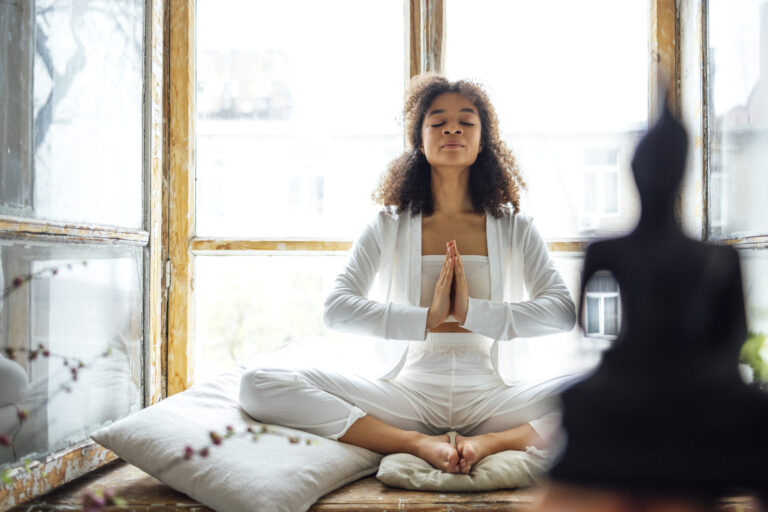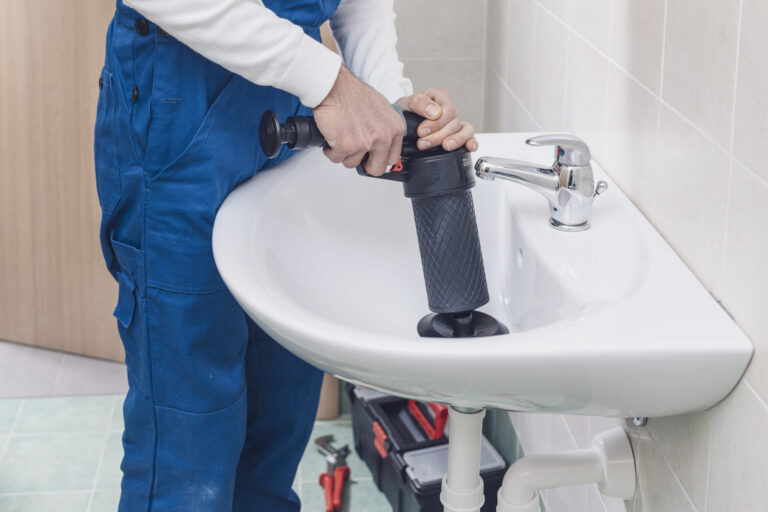As 2020 begins it’s final leg into 2021, our thoughts are likely starting to turn towards our annual spring clean. Besides the dusting and the clearing, many American homeowners use this as an opportunity to get some much-needed renovation done and spruce up the decor, freshened for the year ahead.
But as the world’s environment takes up more of the public consciousness, it’s only natural to spare a thought to how our individual actions can be detrimental to planet Earth. With viruses taking up much more of the news of late, the spring clean might be a good idea to find a cleaner alternative to parts of our lifestyle that we hadn’t previously considered. One source of pollution to the atmosphere that has, for a long time, been overlooked, is that of painting—and considering how often we rely on it in our home, now would be the best time to change out our use of solvent-heavy clean water-based paint. But what is the alternative? The good news is that there is eco-friendly paint, which has been developed to be free of contaminants. But is it any good?
What’s wrong with regular paint?
Up until now, you probably weren’t aware that traditional paint was harmful to the environment, and were using it regardless. It’s understandable, given how widespread the use of water-based paints are. However, much paint includes the solvent Ethylene Glycol, which releases large particles of toxic biocides. When coating interior walls, it makes the indoor air quality harmful which is why it’s advisable to wear a mask when painting, as effects of breathing in paint fumes range from, fatigue and headaches to nausea and dizziness. When used outside as exterior paint, harmful chemicals go straight into the atmosphere, where they react with nitrogen oxides in the air and forms ozone, in the form of smog.
Either way, harmful contaminants are the foundation ingredients to most conventional paints, and as such, filtration to remove them is simply not possible. With these volatile organic compounds, or VOCs, forming such an intricate part of paint, which in turn forms an intricate part of our whole house’s design, an environmentally-friendly paint, which is free of VOCs, or at least has a low VOC content, would be the best way to improve the home without the negative effects on the atmosphere.
What is eco-friendly paint?
Eco-friendly paint, or eco paint, has taken off considerably in the past few years, as a non-toxic paint alternative. Unlike regular paint,
eco-paint has a greatly reduced VOC content, to the point where many cleaner paints are low VOC products. It’s worth noting here that not all VOCs are considered to be toxic, and there is an acceptable level that can be present in non-toxic paint.
The toxicity of paint is measured by it’s VOC content level, and although trace elements may still remain, the goal for many manufactures is to keep the VOC level down. But while a complete absence of VOCs may not be fully possible, paint manufacturers Dunn Edwards Paints use the term “Zero VOC” to describe their eco-friendly paints in which VOC levels are so low that they cannot be detected.
To achieve this, they have focused on the reactivity of VOCs in the atmosphere, something which paint regulators do not take into account. Dunn Edwards look at the proportion of each VOC in their paints to determine which are more reactive than others, and adjust accordingly to produce a low VOC, non-toxic paint which doesn’t react in the atmosphere. The name they have given this measure is RAVOC, or Reactivity-Adjusted VOC, and have included it on all of their non-toxic paint lines so that people know they are getting an eco-friendly paint. Plus, their 336,000 sq. ft paint manufacturing facility has the LEED Gold certification from the U.S. Green Building Council, and is, to date, the only facility to do so.
As a bonus tip, VOCs are the main source of odor in the paint. So if you want odorless, or just less odor in your paints, then this is the best option.
Don’t forget about the cleaning!
Of course, the bane of any would-be painter’s life is always in the cleaning of the brushes. Naturally, white spirits or paint thinners would be the first choice, and can remove almost any type of paint. But if these aren’t available, it normally falls to holding the bristles under high water pressure, firing from a kitchen sink faucet.
If the cleaning water quality isn’t good, however, then the paint remains on the brush, and the bristles are hardened to the point of unusable. Similarly, tap water on its own will only take the cleaning so far, as the water passes through the gaps in the bristles, even if the flow rate is quite high. Instead, in order to help the brushes last longer, one idea would be to mix soap with tap water. Wash the paint from the brushes by dipping in a small amount of solvent first, and then rinse the bristles with the soapy water. The spirits will last longer and the longevity of the brush will also be maintained.
Speaking of which…
On the subject of water and remaining environmentally friendly, now might also be a good time to check the quality of the main water supply in your home. Often, the water pipes are not taken into account during a spring clean, and scale buildup takes place without anyone really noticing. It might be worth investing in some form of home water filtration to help keep great quality water flowing throughout the home.
Filtration systems within the home can be a wonderful addition and benefit all family members. But don’t be put off by any potential costs—companies such as Labrador Source, based in Canada, use your home’s existing water system so that you don’t have to replace anything to have a whole-house filter system. A filtration system, consisting of a carbon block, is added to the water supply of the home. Before it reaches the faucet, the carbon removes any chlorine that is added to municipal water, or any other associated chemicals, in a process called reverse osmosis. The result is cleaner, filtered water that is devoid of toxins or chlorine. Plus, the water’s taste is supreme!








